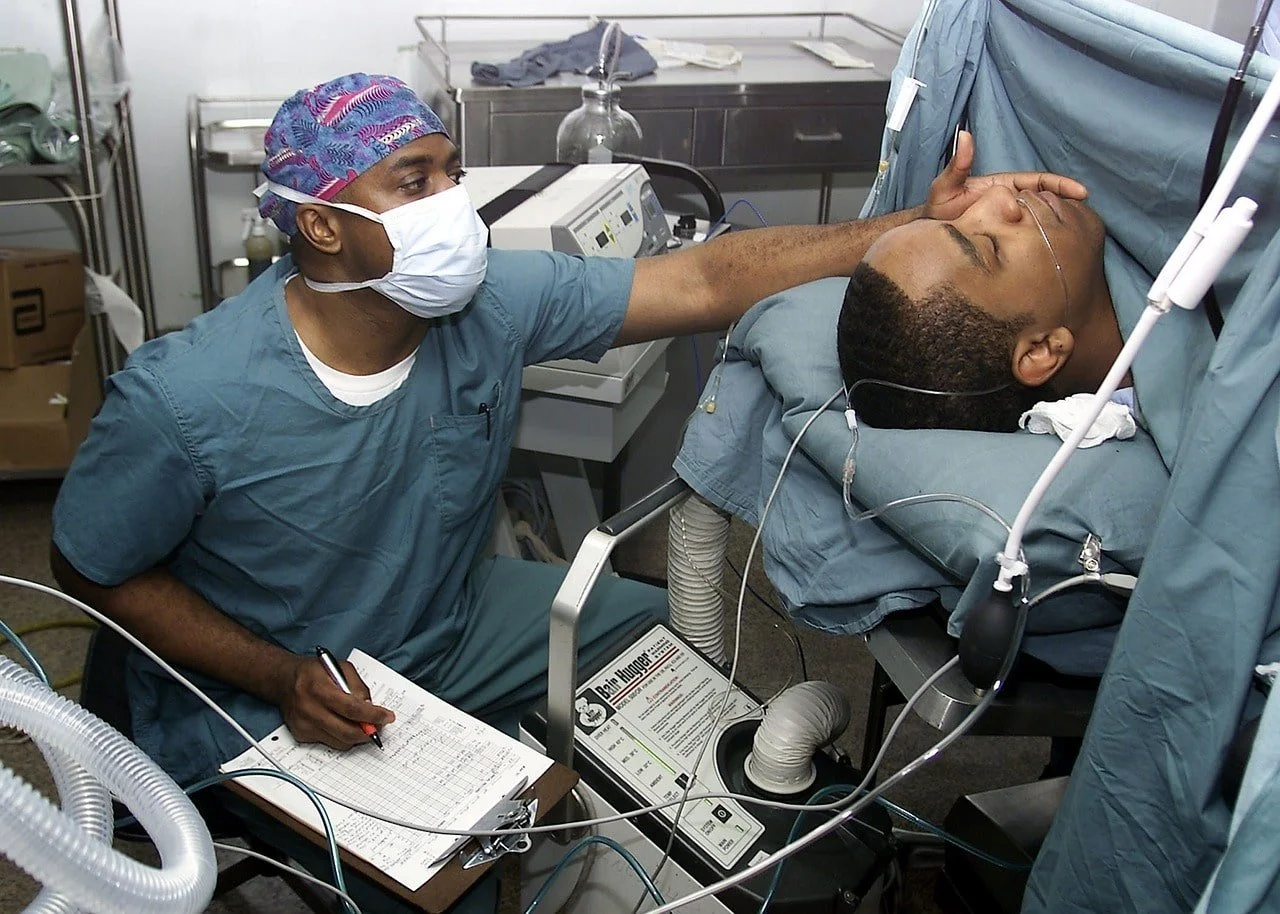The best way to decide which programs to apply to is to reflect on what features of a PA program mean the most to you. It may be geographical location, tuition costs, program curriculum, etc. Whatever the criteria may be, prioritize the factors of PA school most important to you and go from there. I thought about this question a lot in the months leading up to the CASPA application opening date. I could not figure out how to narrow down the schools I was going to apply to out of all 275+ programs.
A recommended way to organize the programs and their information for admissions is to create an excel spreadsheet. On this spreadsheet, include factors of a PA program that are important to you, sift through program websites, and begin to fill out your spreadsheet. This can serve as a comprehensive guide for deciding which programs you want to apply to. Personally, my PA program excel sheet included the following titled columns:
Location
Tuition
Duration
Class size
Minimum GPA/Science GPA/Prerequisite GPA
Letters of recommendation
Shadowing hours
PCE hours
Volunteering hours
Prerequisite courses
Supplemental application
and a few others
This is a great way to start comparing and contrasting programs and deciding which programs fit your wants/needs.
There are endless variables to consider when deciding which programs to apply to, but I think it is important to separate your “wants” from your “needs.” If you want a program that allows you the opportunity to participate in a cadaver lab but need a program that you are able to commute to from home, you may not be able to get both. I believe that being flexible and willing to compromise on your “wants,” while being firm with your “needs” will result in a list of realistic programs to apply to.
When it comes to deciding on the number of schools to apply to, everyone’s different. I know people who have applied to one school as a first-time applicant and have been accepted, and also people who apply to 30+ programs. Some resources I’ve read say your chance of an acceptance doesn’t increase once you apply to ~12 programs, but I do not really believe that. I applied to 16 programs total and felt comfortable with that number. I applied to programs that I fit decently well into their current class profile and I think that’s a strong strategy to remember when picking and choosing programs.
Many program websites have a tab dedicated to their past matriculating PA student’s application stats. This is a great tool to use to compare yourself to applicants who applied and were accepted. Do not put too much weight on this comparison though. My GPA was below average compared to the class profile’s of almost every school I applied to. I am starting PA school in two months, so this comparison did not stop me from putting myself in the application pool and giving it a shot.
In regard to your GPA, only apply to programs where your GPA, science GPA, and prerequisite GPA meet the minimum requirements. For example, if you apply to a program that has a minimum science GPA requirement of a 3.20, but your science GPA is 2.90, your application will most likely not even be looked at. Admissions departments will only consider your application if you meet all minimums stated on their program website. Double-check your stats compared to the programs you plan on applying to in order to assure you are not wasting money and time applying to programs that you don’t even qualify for in the first place. GPA isn’t everything, but you cannot be offered an interview invite if your application is not even being reviewed by admissions committees.
My main strategy for deciding which schools I was going to apply to was to only apply to those where I thought my stats stood a fighting chance. I did not apply to any programs in my home state because my stats were simply inferior to those of the applicants accepted in previous cycles. As I said before, there is more to your application than your stats, but this strategy was a personal choice of mine. Choosing to only apply to programs where my GPA, PCE hours, GRE, etc. fit in decently with the previous class profiles made me feel more confident in my application. On interview days, I felt like I belonged in these programs because none of them were “reach” programs.
A good resource to use to narrow down which programs best fit your preferred criteria and your stats are PAschoolfinder.com and PAprogramsearch.com. On PAschoolfinder.com you can sort programs by so many different categories and find programs that will be a good fit for you. This can help you find programs with no minimum GPA requirement, no minimum PCE hour requirement, programs that do not require the GRE, and so on! PAprogramsearch.com is a little different. This resource allows you to search PA school matches based on your own stats. Enter your prerequisite courses taken, GPA, experience hours and the website will generate a list of programs you are eligible to apply to based on your information given.














Let’s dive into the specific surgical procedures that PAs can undertake while highlighting their collaborative nature within operating rooms. By shedding light on both the benefits and limitations associated with PAs in surgical settings, we hope to foster a deeper appreciation for their invaluable contribution to modern healthcare.